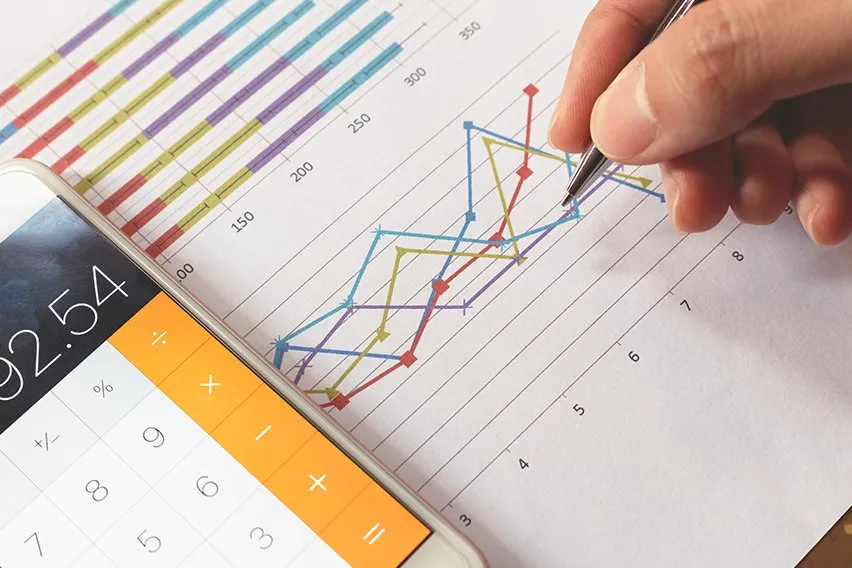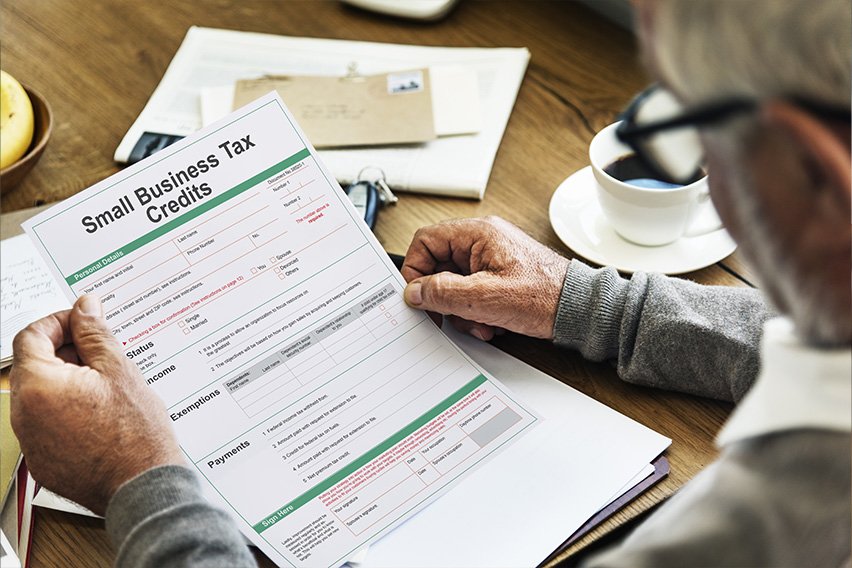Marginal Cost: Definition, Formula & Examples

Marginal cost shows you the incremental cost sustained when you make additional units of goods or services. You calculate the marginal cost formula by dividing your total change in costs. This will produce more goods by changes in the quantity of items produced.
Materials and labor serve as the typical variable costs involved in the calculation. Also, there is an estimated increase in any fixed costs. These can include overhead, sales expenses, and management. Moreover, marginal cost formulas may be used to optimize cash flow generation in financial modeling.
Below, you will find the various components of the marginal cost equation. You can then use your calculations to see how much you are spending.
Here’s What We’ll Cover:
Understanding Change in Quantity
The Importance of Marginal Cost
Marginal Cost Formula
To obtain your marginal cost, you need to complete the following formula:
Marginal Cost = (Change in Costs) ÷ (Change in Quantity)

Understanding Change in Costs
At each production level and time period, your production costs can go up or down. This is especially true when higher or lower output is needed in production. If you are making additional units, the extra production may require you to hire one to two more workers. What’s more, it could increase the cost of purchasing raw materials.
If this happens, it will lead to changes in overall production costs. In order to figure out the cost change, simply subtract the production cost incurred in the first production run. You take this from your production cost in the next lot when the output increases.
Understanding Change in Quantity
An increase or decrease in production level output is inevitable. The amount involved is usually sufficient to assess changes in costs. Greater or fewer quantity of produced goods equates to the COGM (Cost of Goods Manufactured).
To figure out the quantity change, the quantity of goods produced in the initial production run needs to be subtracted. You do so from the output of the next production run.
Marginal Cost Formula Example
Let’s say your company consistently produces 10,000 deep freezers every year. This results in incurred production costs totaling $5 million. But one year, there is a greater demand than usual for deep freezers.
As such, you have to produce more deep freezers to meet demand. This prompts you to buy more parts and raw materials. You are also forced to hire more employees to help keep up.
All of this sudden demand increases your production costs to $7.5 million. As a result, you are able to make 15,000 extra units that year. Therefore, your marginal cost equation associated with each extra deep freezer produced equals $500, or $2,500,000 ÷ 5,000.
The Importance of Marginal Cost
Whenever you conduct a financial analysis of your level of production, remember to evaluate what each commodity costs. This is true whether it’s a product or service. It’s also important to consider marginal cost analysis.
What if your sales price of the product is higher than your marginal cost equation? Your revenue will still be higher than the increased cost. As such, it gives you a good reason to keep making more. However, if your sales price is below your variable cost, you will suffer a loss.
As such, making additional products would not be a wise move. The only viable alternative would be to increase your sales price to recoup the losses. But even then, you can’t be certain that your customers will agree to pay it. In any event, it’s an important part of your analysis to be considered in your business operations.

Key Takeaways
Marginal cost formulas are used in companies across all types of industries. Accountants may use the variable cost formula while assisting their clients. It’s also useful when looking into investment banking. Thanks to its versatility across industries, the formula remains a valuable one. And it will serve you well in your business ventures.
If you need help calculating your marginal cost and more, we recommend downloading FreshBooks. This software equips you with powerful tools and resources. You can use these in your accounting efforts to ensure accuracy and transparency.
What’s more, you can try FreshBooks absolutely free. Right now, we’re offering a free trial for 30 days so you can see what all the hype is about. With FreshBooks, you will gain more control over your business operations. There is a wealth of tools ideal for helping you keep your finances in order.
Did you enjoy reading this guide? Head over to our resource hub for more great content!
RELATED ARTICLES

 What Should You Charge for House Cleaning in Australia?
What Should You Charge for House Cleaning in Australia? How Much Can You Earn From a Hobby Before Paying Tax?
How Much Can You Earn From a Hobby Before Paying Tax? Crowdfunding for Business: 12 Best Crowdfunding Sites for Startups
Crowdfunding for Business: 12 Best Crowdfunding Sites for Startups Legal Requirements for Business: 10 Major Requirements to Begin
Legal Requirements for Business: 10 Major Requirements to Begin 6 Steps for Estimating a Painting Job in Australia
6 Steps for Estimating a Painting Job in Australia How Much Does a Small Business Pay in Taxes?
How Much Does a Small Business Pay in Taxes?